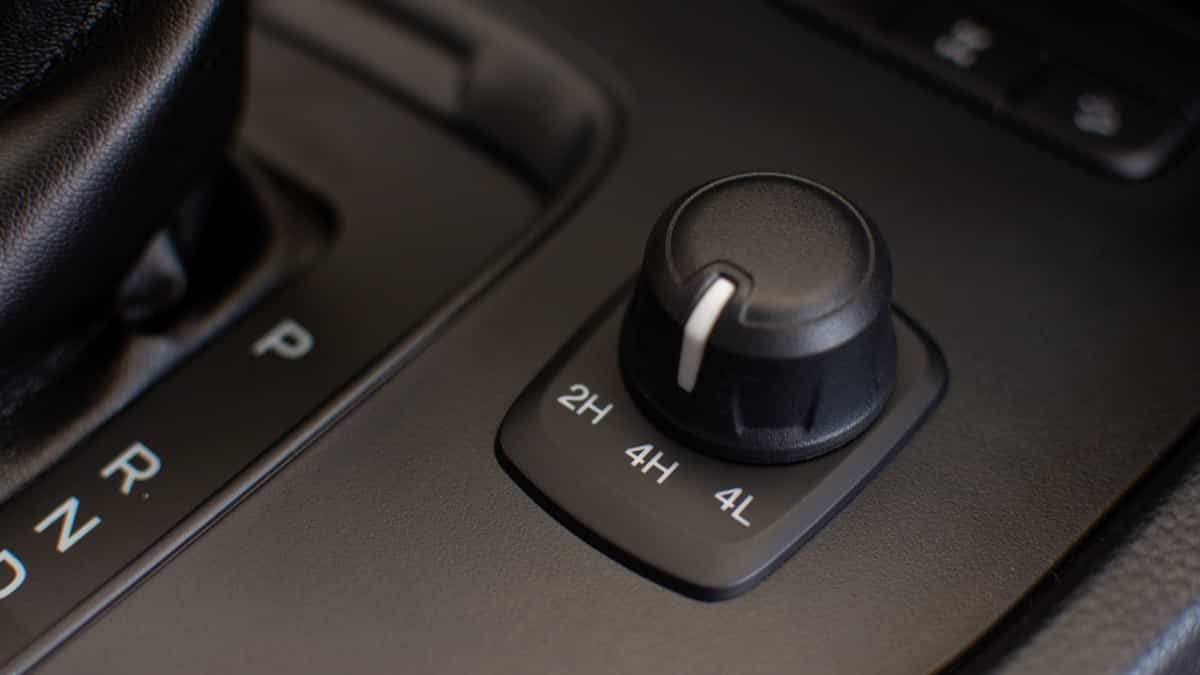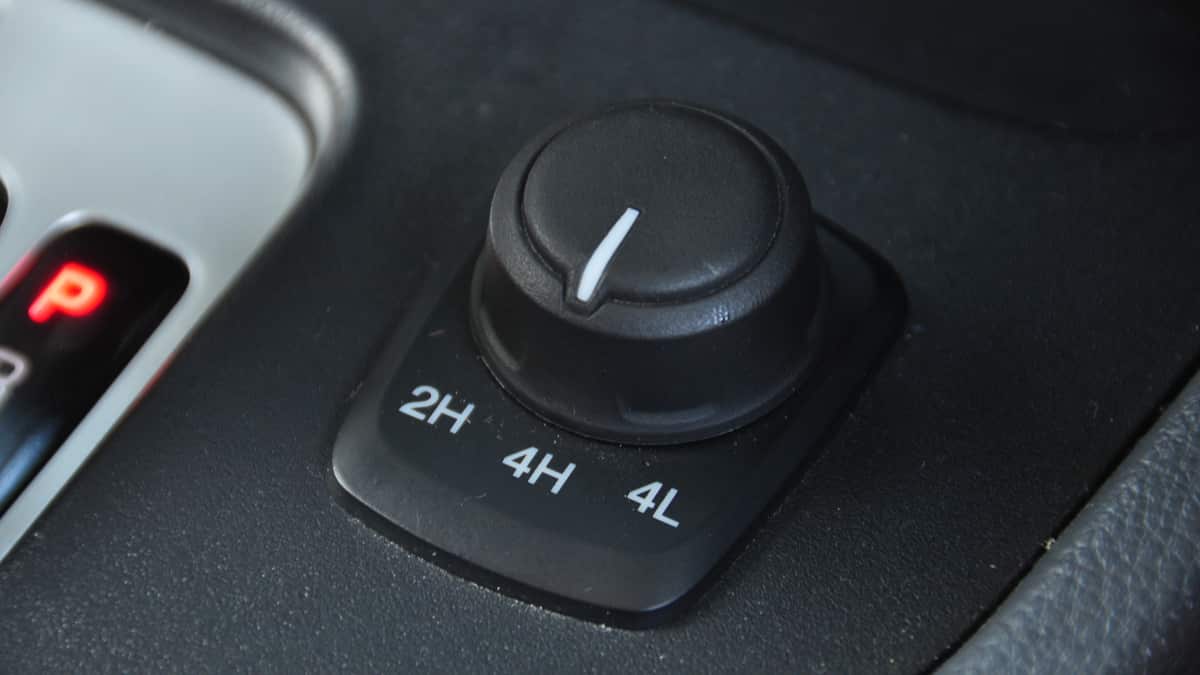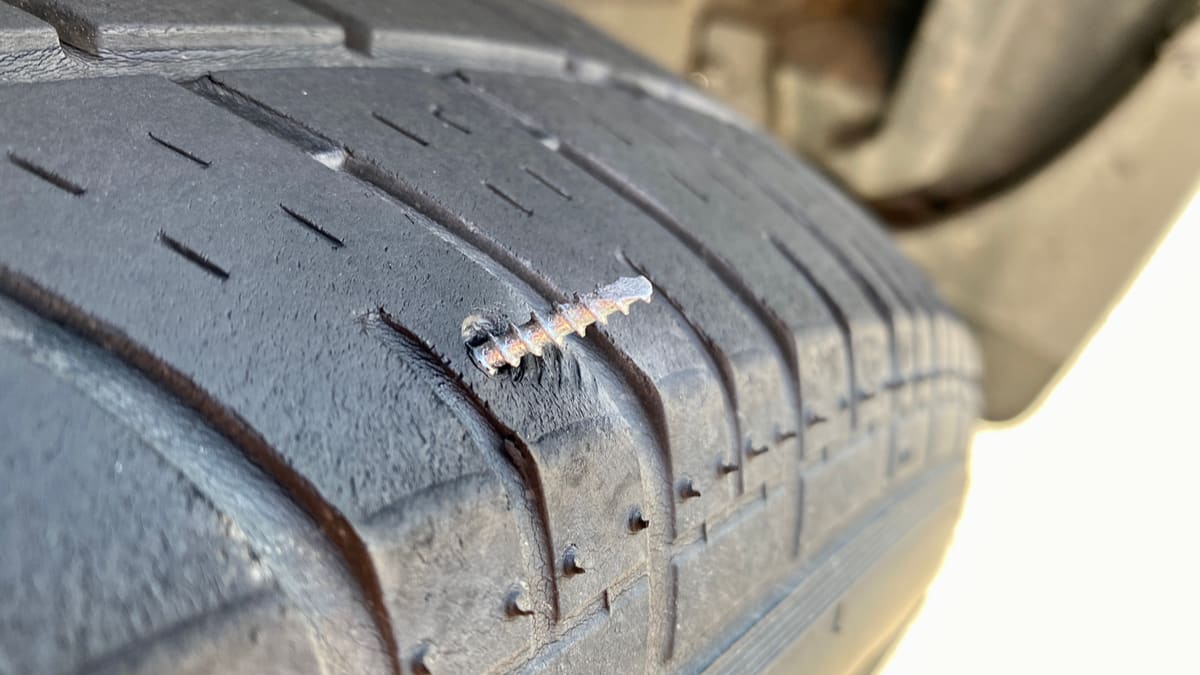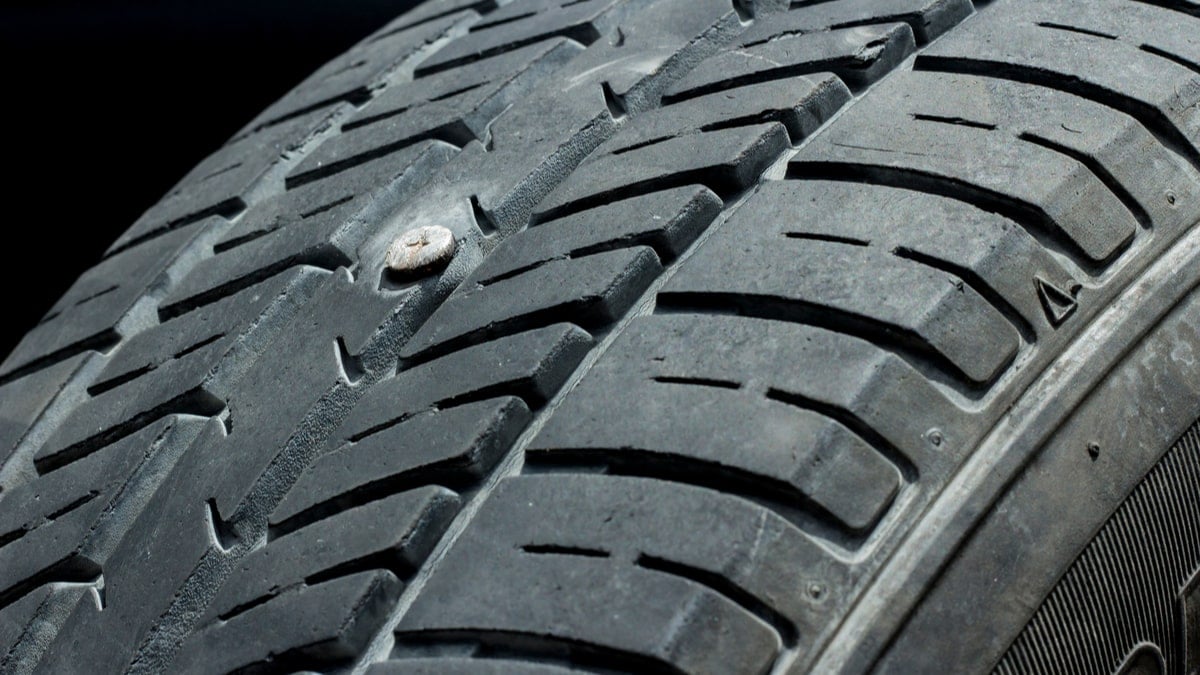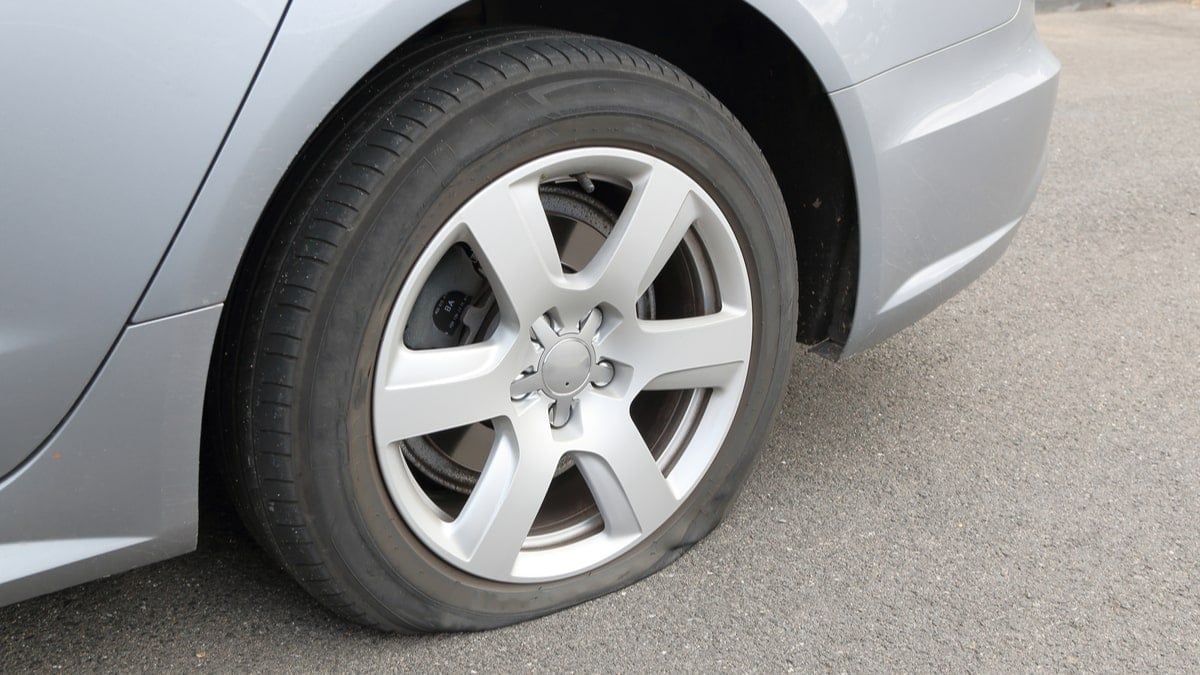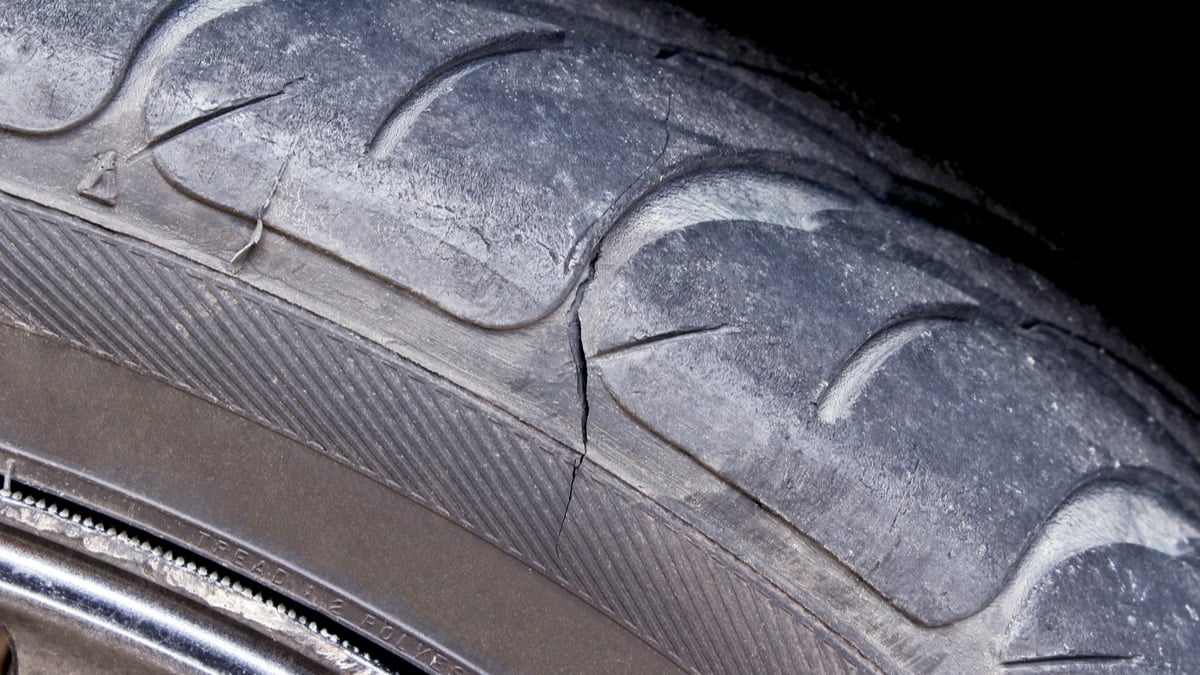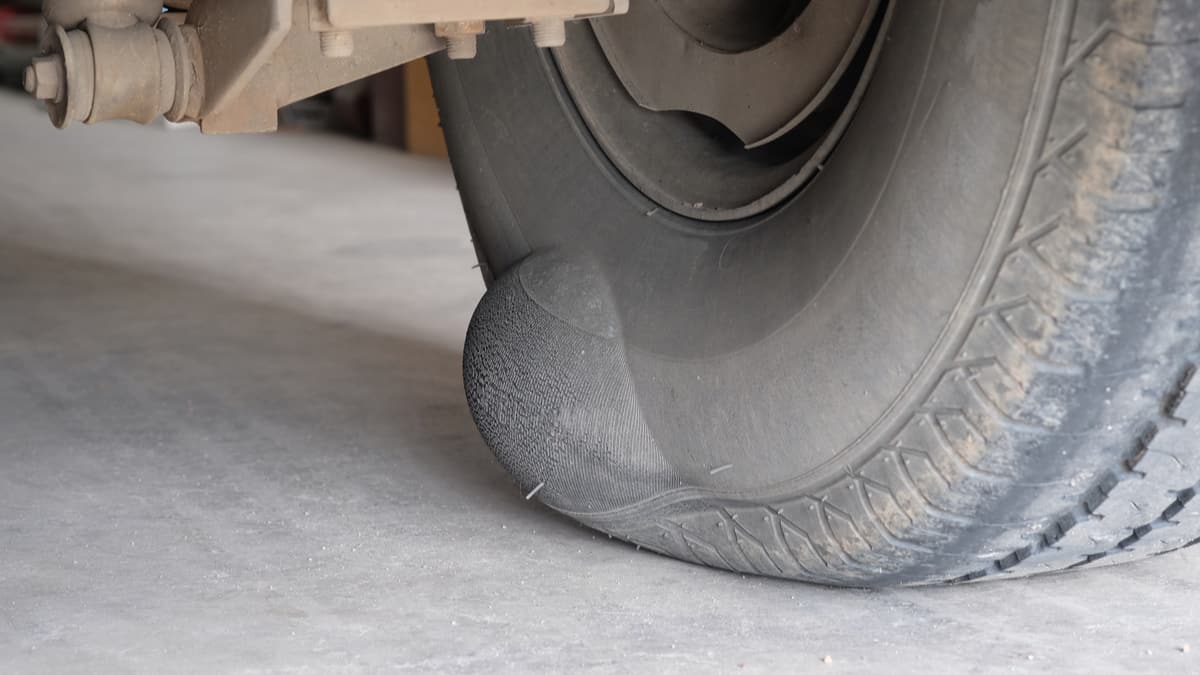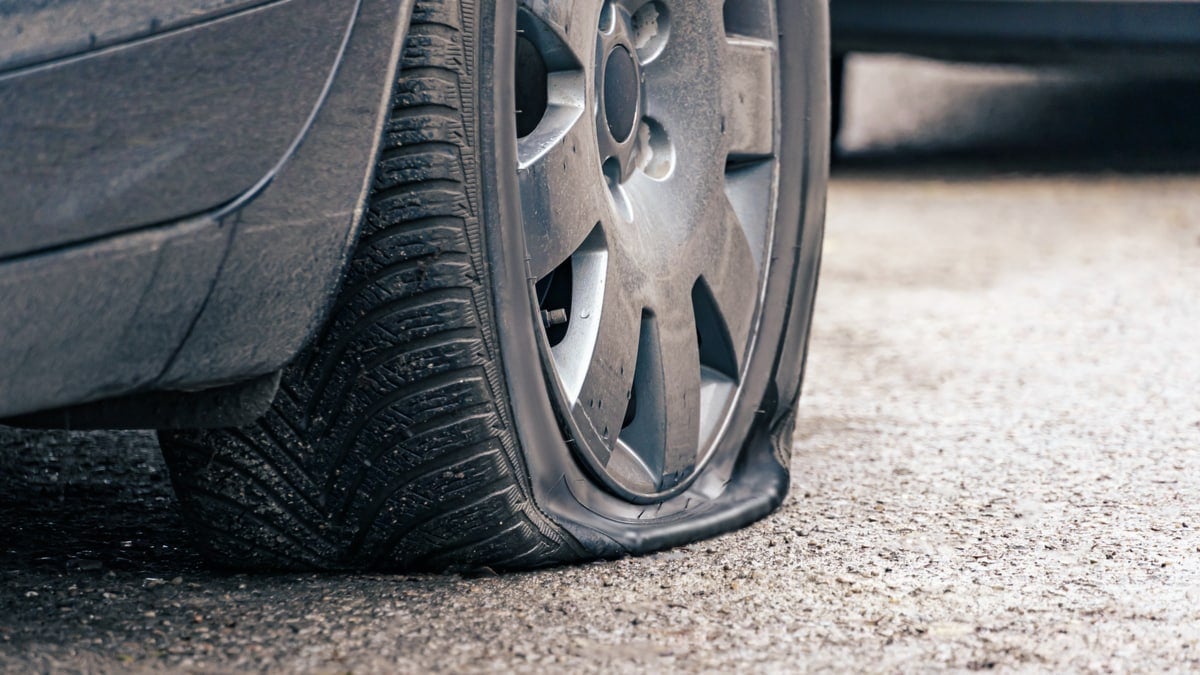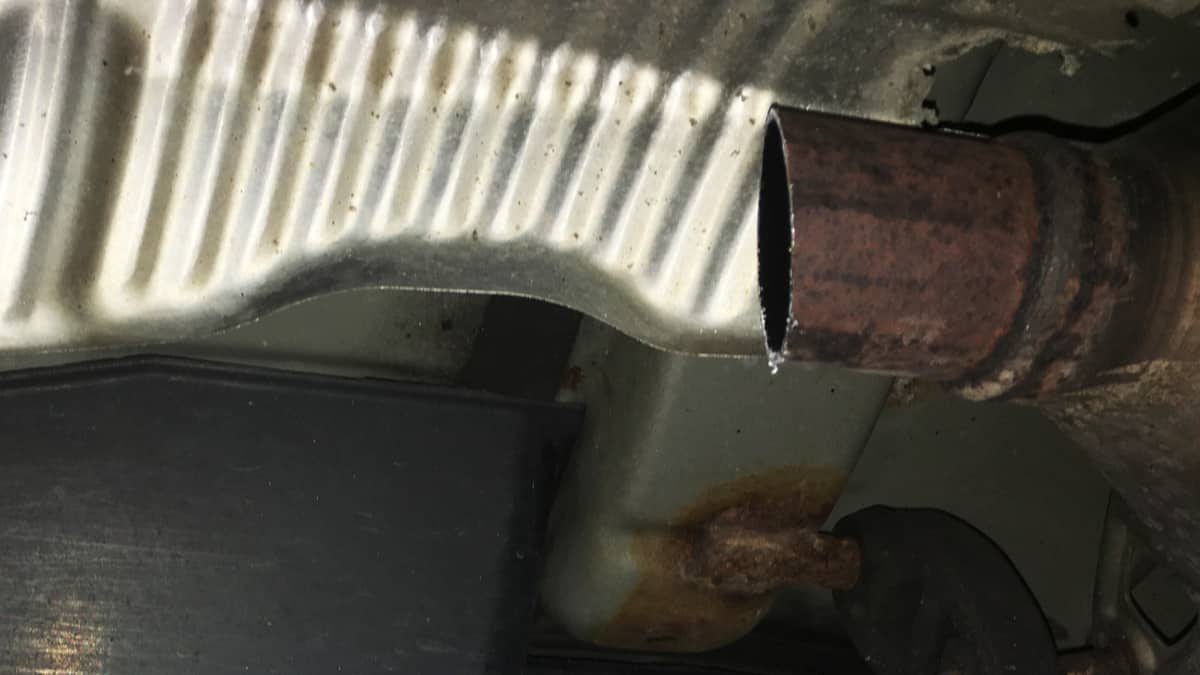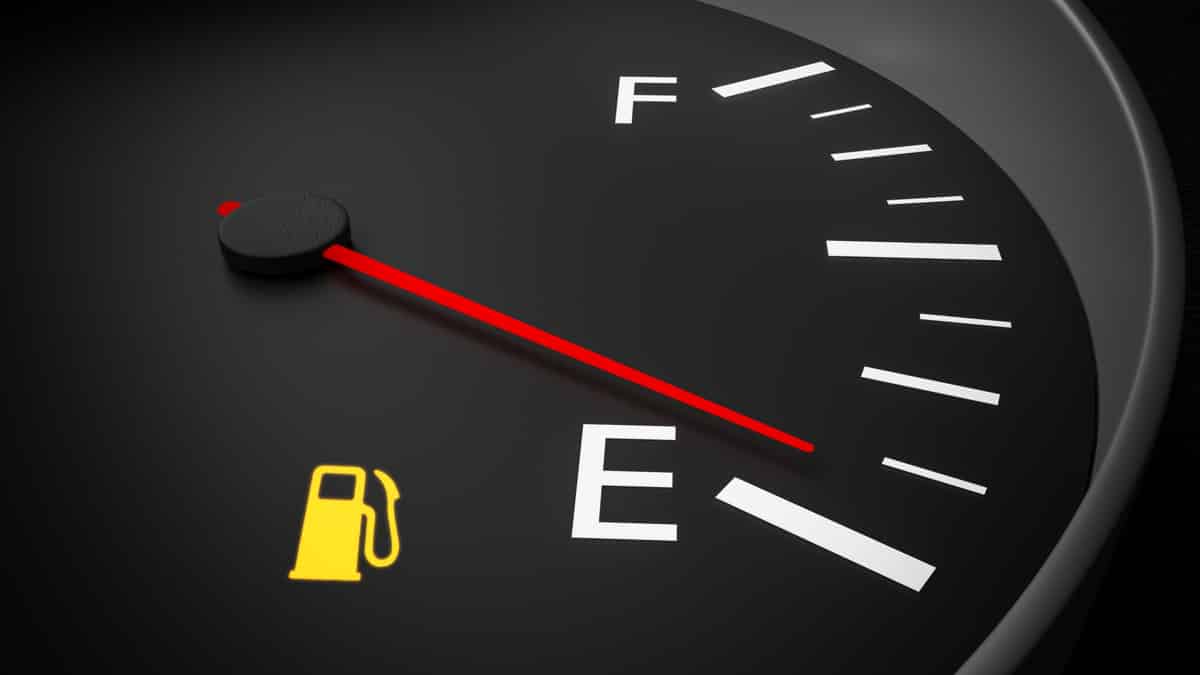If you have a four-wheel-drive vehicle, you’ll want to know how to use it properly. There are questions that arise, such as how fast can you drive in 4×4 High, and what the difference is between this system compared with 4×4 Low.
Every auto manufacturer has different guidelines, but in general, you don’t want to drive faster than 55 mph when using 4WD High. 4WD is only engaged when in a low-traction situation and it wouldn’t be safe to go faster. Meanwhile, 4WD Low is meant to be used at ten mph or less in most cases.
I examine the differences between these systems and discuss what happens if you travel too fast. I also discuss a few of the basics surrounding the 4×4 High systems.
Difference Between 4×4 High vs. 4×4 Low
Your four-wheel-drive vehicle offers the choice between 4WD High and 4WD Low. How do you know which one is appropriate and when to use each option? The biggest difference to understand is the gearing between the two. With 4WD High, the vehicle uses direct gearing to power the wheels, whereas the 4WD Low system relies on gear reduction for more traction and power.
With the special gearing, the engine torque is multiplied easier, just like what’s done when you ride your bicycle up a hill. As you shift into a lower gear, more power is applied, allowing you to get up the hill with ease.
The lower speeds driven while in 4X4 Low make it easier to maintain the power required so your vehicle doesn’t stall. It also ensures that you keep the speeds to a minimum so you don’t hurt the vehicle when you are traveling across rough terrain or over bigger obstacles.
If you are comfortable driving ten mph in 4WD Low, you might prefer to speed up a little and switch to 4WD High instead. You can always switch back if you start to lose traction or you need to slow down.
READ MORE: 4WD High vs Low – Difference & When to Use
Does 4×4 High Hurt the Vehicle?
When used properly, 4WD High isn’t going to hurt your vehicle. However, you can’t use four-wheel-drive for reasons other than what it’s intended for. You can switch to 4WD when the car starts to lose traction, such as when you hit dirt, mud, or snow.
With that said, if you are using the system while taking sharp turns, you could cause damage to the components. Energy can bind up inside the drivetrain, leading to costly repairs.
When the vehicle is in four-wheel-drive, the front and rear axles of the vehicle no longer spin differently when hitting a turn. The energy will be expelled with the spinning of the wheels, or it will bind up the transfer case, which is no good. If you notice the wheels are hopping in 4WD for no reason, this explains what is going on.
Should You Drive in 4×4 High All the Time?
You shouldn’t keep the vehicle in 4×4 High driving mode. With the build-up of energy occurring, you can cause drivetrain damage. There’s no reason to allow the excessive amount of wear, especially when the road conditions are just fine for normal travel.
There’s really no reason to drive in 4WD High all of the time. Once you hit speeds going more than 55 mph, it’s unlikely you are struggling with traction or controlling the vehicle.
Not only does four-wheel-drive cause more wear to the system, but it’s going to cause you to go through more fuel. There’s no reason to spend more than necessary on fuel or repairs, especially if you don’t need to be.
What about Full-Time 4WD?
By now, you have to wonder why a full-time 4×4 can drive at any speed without causing damage. If you have a Land Rover or 4×4 Toyota, the rules are slightly different. In these cars, there’s a center differential that will split the power between the two axles, just like the normal differential does.
With this center differential, power is sent to whichever axle has less grip, allowing there to be a difference in speed between the axles. When the center differential is in use, the 4×4 vehicles aren’t operating like the vehicle with regular 4WD High, so you don’t have to worry about the same type of damage occurring.
How 4WD High Affects the Vehicle
1. Braking
As you drive on the road with less traction in 4WD High, you are going to need more time to brake. The time it takes is going to naturally increase. For this reason, it’s best to adjust how far you follow vehicles in front of you to prepare for this additional time.
On a low traction surface, it might take you double the amount of time to stop. For this reason, it’s best to remain as far back as possible. If the car behind you is following you too closely, you might also prefer to have them go around you, just to be safe.
2. Handling
Not only will the stopping power be changed, but the way your vehicle handles will also be different. If you are driving across a low-traction road with 4WD High on, expect to notice some changes to the handling. Your steering system isn’t going to respond the same way it does when you are driving across a dry highway surface. In fact, you might notice an increase in understeering, but it can quickly swing the other way, leading to a loss of control.
To prevent an accident, it’s best to avoid any sudden moves that aren’t necessary. Continue to make small adjustments to the steering if needed, instead of large, jerky motions. You also want to be easy on the throttle when making these adjustments.
3. Cornering
You have to consider what happens when cornering. On the low traction surface, taking a turn is going to be completely different. It’s not going to be as smooth and comfortable as what you are usually accustomed to.
During the turn, your car can lose traction easily. If you aren’t keeping the vehicle under control, you could end up off of the road. That’s why you should slow down the speed if you feel uncomfortable. You also want to avoid any aggressive steering or quick braking unless it’s absolutely necessary.
Before the roads get bad and you need 4WD, practice how you would drive. Learn how to apply progressive braking and make smaller steering motions. You should also remain back from any other vehicles, especially when you are going through a turn.
Categories: Transmission
